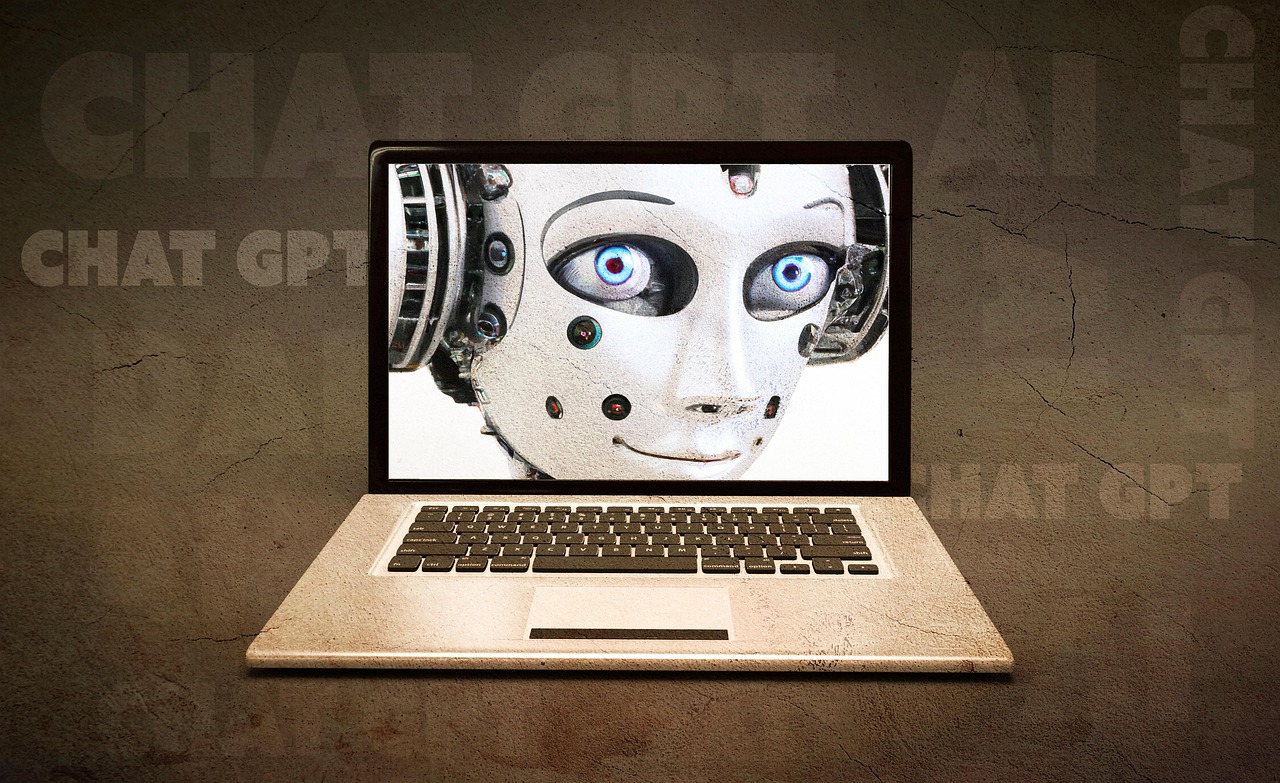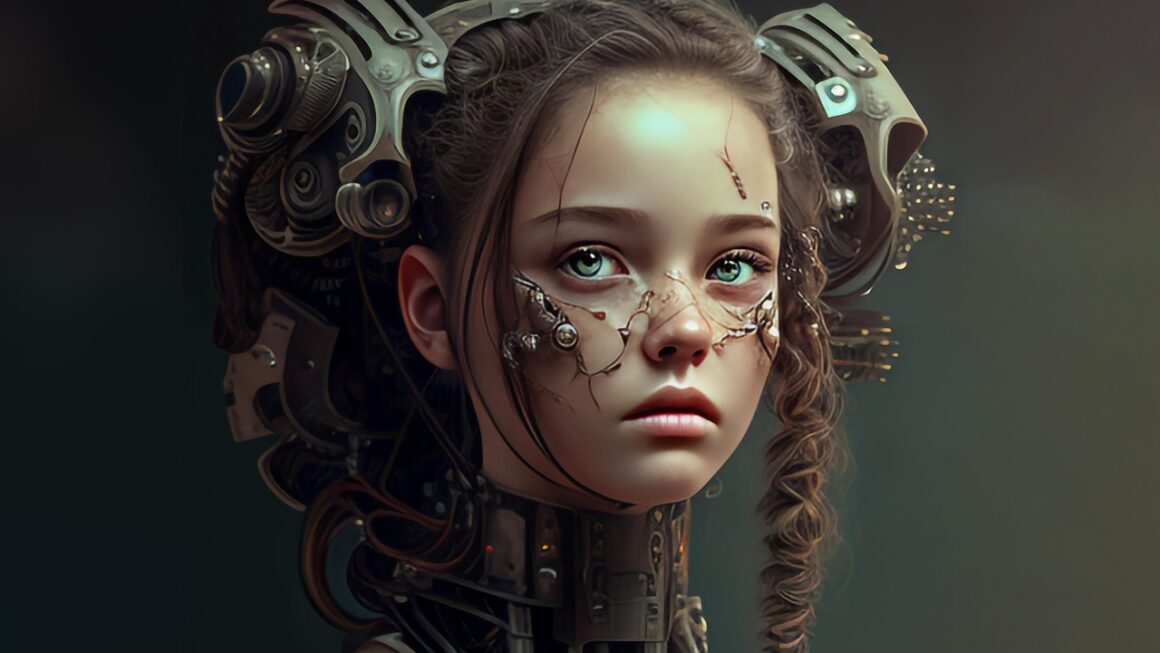Imagine needing a professional voiceover for a marketing video, an engaging narrator for an audiobook, or a realistic text-to-speech solution for accessibility purposes, all without the hefty price tag and time constraints of hiring a voice actor. AI voice generators are rapidly transforming the audio landscape, offering accessible and versatile voice solutions for individuals and businesses alike. This comprehensive guide delves into the world of AI voice generation, exploring its capabilities, applications, and future potential.
What is an AI Voice Generator?
An AI voice generator is a software or online tool that uses artificial intelligence, specifically deep learning models, to convert text into realistic and expressive speech. These tools analyze text input and generate audio output that mimics human speech patterns, intonation, and even emotions.
The Technology Behind AI Voice Generators
- Text Analysis: The AI analyzes the text, identifying words, phrases, and sentence structure.
- Phoneme Conversion: It converts the text into phonemes, which are the basic units of sound in a language.
- Voice Modeling: Using pre-trained voice models (often based on recordings of real people), the AI selects a suitable voice based on user preferences or the content’s needs.
- Audio Synthesis: Finally, the AI synthesizes the audio, adjusting pitch, tone, speed, and other parameters to create natural-sounding speech.
- Advancements in Deep Learning: Modern AI voice generators leverage deep learning architectures, such as recurrent neural networks (RNNs) and transformers, to generate highly realistic and nuanced audio.
Types of AI Voice Generators
- Text-to-Speech (TTS): The most common type, focusing on converting written text into spoken words. Examples include tools from Amazon (Polly), Google (Cloud Text-to-Speech), and Microsoft (Azure AI Speech).
- Voice Cloning: Allows users to create a digital replica of their own voice or someone else’s (with permission, of course). This is often used for personalized voice assistants or creating content in a specific person’s style. Caution: Ethical considerations are paramount when using voice cloning technology.
- Voice Modification: Modifies existing audio recordings, altering pitch, tone, or adding effects to create different voice styles.
- AI Voice Assistants: Integrate voice generation into interactive platforms like Siri, Alexa, and Google Assistant.
Applications of AI Voice Generators
AI voice generators are finding applications across diverse industries and sectors.
Marketing and Advertising
- Voiceovers for Videos: Creating professional voiceovers for marketing videos, explainer videos, and social media content. This saves time and money compared to hiring a traditional voice actor.
- Audio Ads: Generating engaging audio ads for radio, podcasts, and online platforms.
- Personalized Marketing: Creating personalized audio messages for customers.
Education and E-learning
- Audiobooks and E-learning Content: Producing audiobooks, online courses, and educational materials with clear and engaging narration.
- Accessibility: Providing audio versions of textbooks and learning materials for students with visual impairments or learning disabilities.
- Language Learning: Developing language learning apps and tools that provide pronunciation practice and feedback.
Accessibility and Assistive Technology
- Screen Readers: Enabling visually impaired individuals to access digital content by converting text to speech.
- Communication Aids: Providing speech assistance for individuals with speech impairments or disabilities.
- Text-to-Speech for Reading: Converting emails, articles, and other written content into audio for easier consumption.
Content Creation and Entertainment
- Podcasting: Generating voiceovers for podcast intros, outros, and segments.
- Video Game Development: Creating dialogue for non-player characters (NPCs).
- Animation and Film: Producing temporary or placeholder voiceovers for animated films and videos.
- Audio Drama: Creating fully voiced audio dramas and stories.
Business and Customer Service
- Interactive Voice Response (IVR): Powering IVR systems for call centers and customer service.
- Voice Assistants: Integrating voice assistants into business applications for automation and efficiency.
- Real-time Translation: Combining AI voice generation with translation services to provide real-time audio translations.
Choosing the Right AI Voice Generator
Selecting the best AI voice generator depends on your specific needs and priorities.
Key Features to Consider
- Voice Quality and Realism: Listen to samples and compare different voices to find one that sounds natural and expressive. Look for generators that use advanced deep learning models for higher realism.
- Voice Options and Customization: Consider the range of available voices, accents, and languages. Look for options to adjust pitch, speed, and tone for greater control.
- Ease of Use: Choose a tool with a user-friendly interface that is easy to navigate and use, even for beginners.
- Pricing and Subscription Plans: Compare pricing models and subscription plans to find one that fits your budget. Many generators offer free trials or limited free plans.
- Integration and API: If you need to integrate the AI voice generator into your existing applications or workflows, check for API support.
- Languages and Accents: Ensure the generator supports the languages and accents you need for your projects.
- Commercial Use Rights: Verify that you have the necessary commercial use rights to use the generated audio for your intended purposes.
Practical Examples
- Marketing Video: For a marketing video targeted at a younger audience, you might choose a voice with a youthful and energetic tone. Use a tool like Murf.ai or Lovo.ai to find suitable voices and customize the output.
- Educational Content: For educational content, select a clear and articulate voice with a neutral accent. Google Cloud Text-to-Speech and Amazon Polly offer a variety of high-quality, professional voices.
- Accessibility: For screen readers, prioritize voices that are easy to understand and comfortable to listen to for extended periods. Consider using dedicated screen reader software with built-in voice options.
The Future of AI Voice Generation
AI voice generation is a rapidly evolving field with immense potential.
Emerging Trends
- Increased Realism: AI voice generators are becoming increasingly realistic and indistinguishable from human speech.
- Emotional Expression: AI is learning to express a wider range of emotions in speech, such as happiness, sadness, and anger.
- Personalization: AI voice generation is becoming more personalized, allowing users to create custom voices that match their unique preferences and styles.
- Multilingual Capabilities: AI voice generators are expanding their language support to cover more languages and accents.
- Integration with AI Assistants: AI voice generation is being integrated with AI assistants to provide more natural and interactive experiences.
Ethical Considerations
- Misinformation and Deepfakes: The increasing realism of AI voice generation raises concerns about the potential for misuse, such as creating deepfakes and spreading misinformation.
- Copyright and Intellectual Property: Voice cloning technology raises complex questions about copyright and intellectual property rights.
- Job Displacement: AI voice generation could potentially lead to job displacement for voice actors and other audio professionals.
Conclusion
AI voice generators are revolutionizing the way we create and consume audio content. From marketing and education to accessibility and entertainment, these tools are providing accessible, versatile, and cost-effective voice solutions for a wide range of applications. By understanding the technology, applications, and ethical considerations of AI voice generation, you can harness its power to enhance your projects and create compelling audio experiences. Always remember to use this powerful tool responsibly and ethically.




